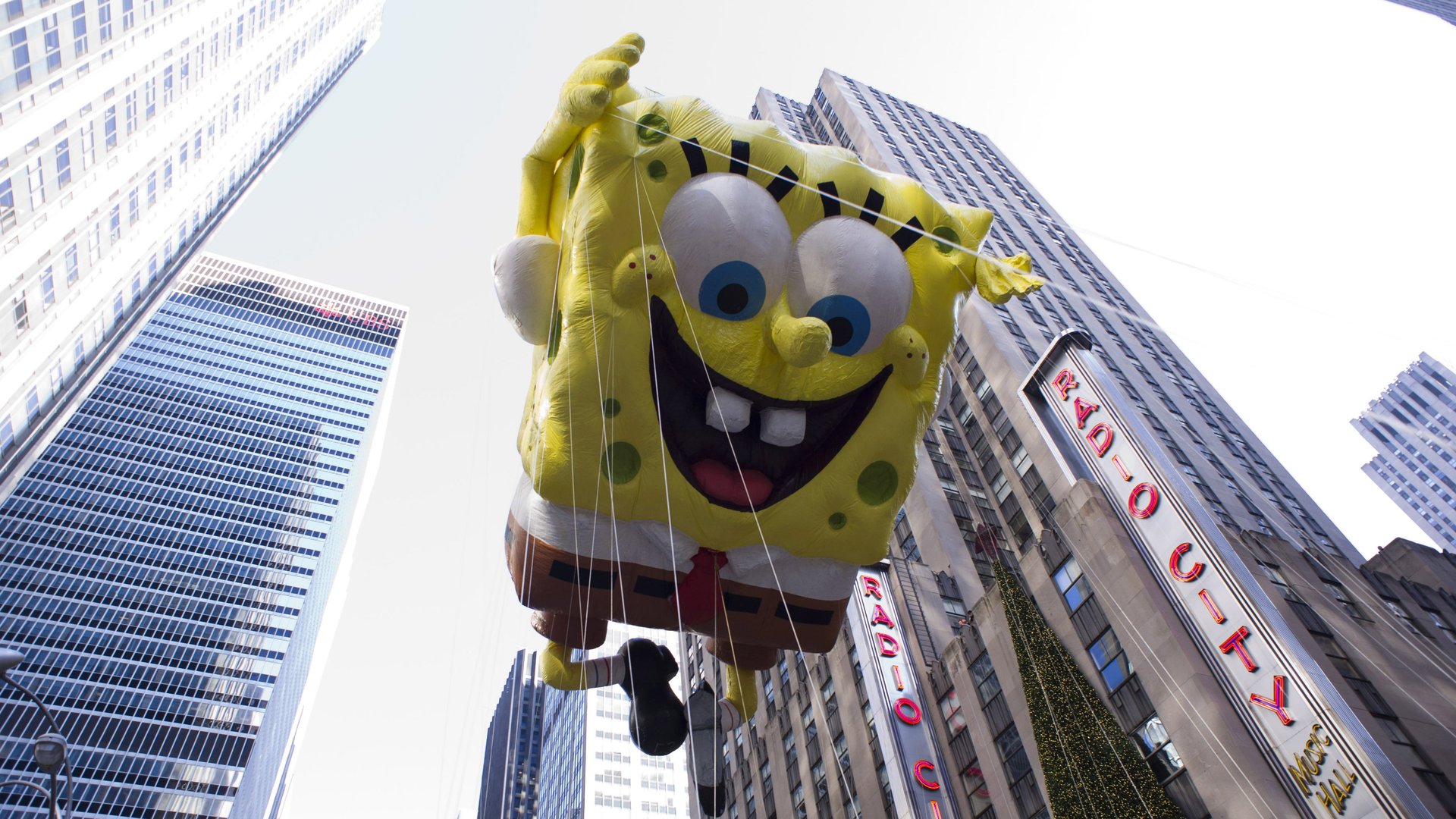Why Amazon just splurged on Dora, SpongeBob, and Blue
Amazon will pay hundreds of millions of dollars to license Viacom’s popular children’s programming, from Dora the Explorer to Blue’s Clues to SpongeBob SquarePants, in a record-setting deal. The shows will be available on Amazon Prime, the company’s competitor to Netflix and other streaming video services. Some takeaways:


Amazon will pay hundreds of millions of dollars to license Viacom’s popular children’s programming, from Dora the Explorer to Blue’s Clues to SpongeBob SquarePants, in a record-setting deal. The shows will be available on Amazon Prime, the company’s competitor to Netflix and other streaming video services. Some takeaways:
- Competing with Amazon is brutal. Netflix, which is trying to improve its profit margin, declined to pay Viacom’s steep asking price for the same content. But Amazon famously operates much of its business at a loss—or as Matt Yglesias put it earlier this year, “Amazon, as best I can tell, is a charitable organization being run by elements of the investment community for the benefit of consumers.”
- Kids rule streaming media. We hear that plenty of adults watch TV, too, but at the moment, the hottest competition is for shows beloved by children. ”You made my three-year-old daughter cry,” complained one typical Netflix customer after Dora and other Viacom kids’ shows disappeared from the service. (Netflix quickly added children’s programming from Viacom’s rival Disney.) Both Amazon and Netflix offer kids-only versions of their products, in a nod to their role as babysitting tools for many of their customers.
- Exclusivity is king. When Target, the American retailer best known for big-box stores, has a streaming video service, it’s clear that any sizable company with an interest in the field could start one. But the differences are in their catalogs, which is why Amazon acquired exclusive rights to some of Viacom’s content, and why Netflix and Amazon are both investing heavily in original programming, including children’s shows.
- It’s better to make content than distribute it. Another reason that streaming video services are making their own shows: If anyone can start a streaming service, content creators clearly have leverage. Amid intensifying competition to own the living room, companies like Disney and Viacom—and News Corp. and Comcast—have never seen greater demand for their products. When Netflix wasn’t willing to pay, Viacom quickly found a willing buyer in Amazon.
- Competition in digital media shifts quickly. Just last fall, Netflix CEO Reed Hastings said, “Hulu is currently our closest US competitor.” Hah! By this spring, Hastings had changed his tune: “The network that we think likely to be our biggest long-term competitor-for-content is HBO.” (Hulu was relegated to third place, behind Amazon.) Give it another six months, and Amazon may have earned the top slot.
- Amazon is ready to fight for the living room. If you believe my argument that devices that plug into screens are the future of TV, then get excited for Amazon’s set-top box due this fall. Like the Kindle Fire, Amazon’s set-top box is likely to come at a cheap price, a delivery mechanism for the bread-and-butter content. It’s a late start by Amazon—Microsoft, Apple, and Roku have already made significant progress—but CEO Jeff Bezos is obviously fine competing on price. And by splurging on Dora, he’s now shown a willingness to compete for content, too.